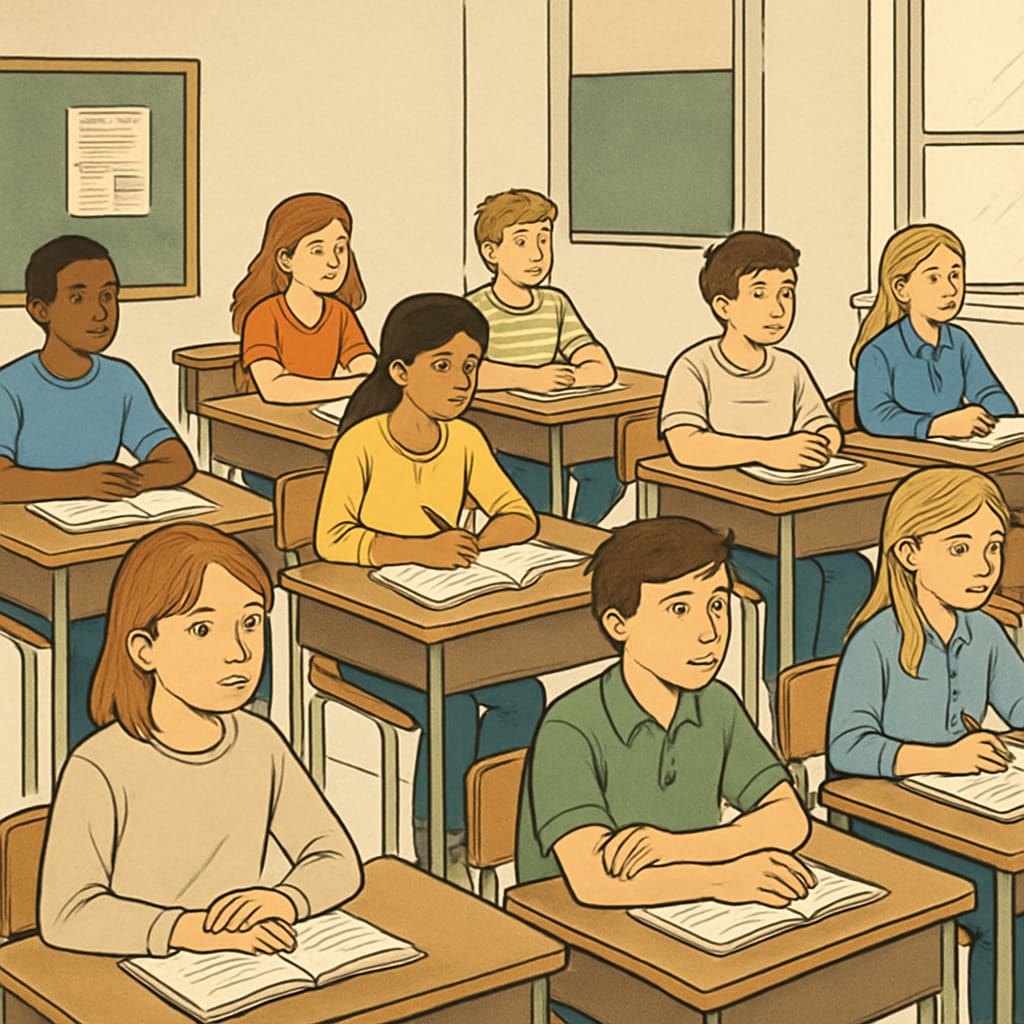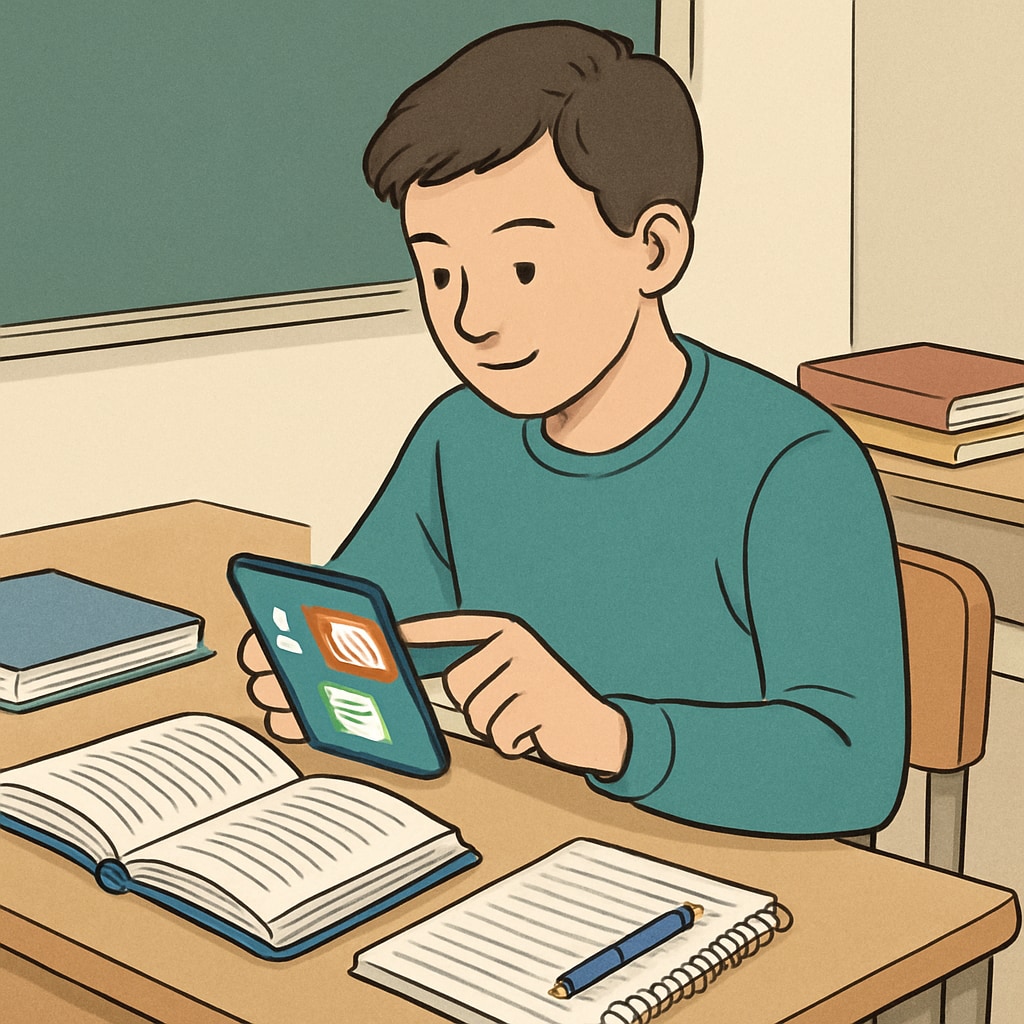As more states adopt phone bans in schools, educators grapple with the challenge of balancing priorities like school safety, educational resources, and learning focus. While these policies aim to curb distractions and foster a focused learning environment, they also risk widening the digital divide in an increasingly tech-driven world. The debate surrounding phone bans highlights the need for nuanced approaches to integrating technology in education without compromising classroom productivity.
The Positive Impacts of School Phone Ban Policies
One of the primary arguments in favor of phone bans is their ability to reduce distractions during school hours. Smartphones, while useful, are notorious for being disruptive in academic settings. Studies have shown that students who are not constantly checking their phones exhibit improved focus and higher academic performance. Teachers also report fewer interruptions and more engaged classroom discussions.
In addition to focus, phone bans contribute to school safety by reducing cyberbullying and minimizing the risk of students accessing inappropriate content. According to research by the Britannica, cyberbullying often occurs via smartphones, and limiting their use can help create a safer and more inclusive environment for students.

The Challenges of Excluding Phones in a Digital Society
Despite the benefits, banning phones in schools raises concerns about the digital divide. In today’s world, digital literacy is a critical skill, and some educators fear that restricting phone usage may hinder students’ ability to adapt to technology-driven tasks. For many students, smartphones are not just tools for entertainment but also gateways to educational apps, research resources, and collaborative platforms.
Moreover, phone bans can disproportionately affect students from low-income families who rely on smartphones as their primary access to technology. While wealthier students may have alternative devices like laptops, those without such resources may face additional barriers in completing tech-based assignments or developing digital skills.

Alternatives to Blanket Phone Bans
Instead of completely banning phones, schools could adopt policies that balance restrictions with opportunities for responsible usage. Here are some potential alternatives:
- Designated phone-free zones: Schools can enforce phone bans in classrooms while allowing limited use in designated areas like libraries or cafeterias.
- Time-regulated access: Students can use their phones for specific purposes, such as accessing educational apps during supervised study periods.
- Digital literacy programs: Schools can implement workshops or classes that teach students how to use smartphones responsibly for academic and personal growth.
These alternatives foster a balanced approach, ensuring that students can benefit from technology while maintaining a focused learning environment. Furthermore, they help equip students with the skills necessary to navigate the complexities of the digital world.
Conclusion: Striking the Right Balance
The growing trend of phone bans in schools underscores the tension between creating distraction-free environments and preparing students for a tech-driven future. While these policies have undeniable benefits for focus and safety, they must be carefully designed to avoid exacerbating inequalities or limiting access to educational resources. By exploring alternatives like controlled phone usage and digital literacy initiatives, schools can strike a balance that meets the needs of both educators and students.
Ultimately, the solution lies in recognizing that smartphones are not inherently detrimental but require thoughtful integration into educational practices. As schools continue to navigate this issue, collaboration between policymakers, educators, and families will be essential in crafting effective strategies for modern education.


